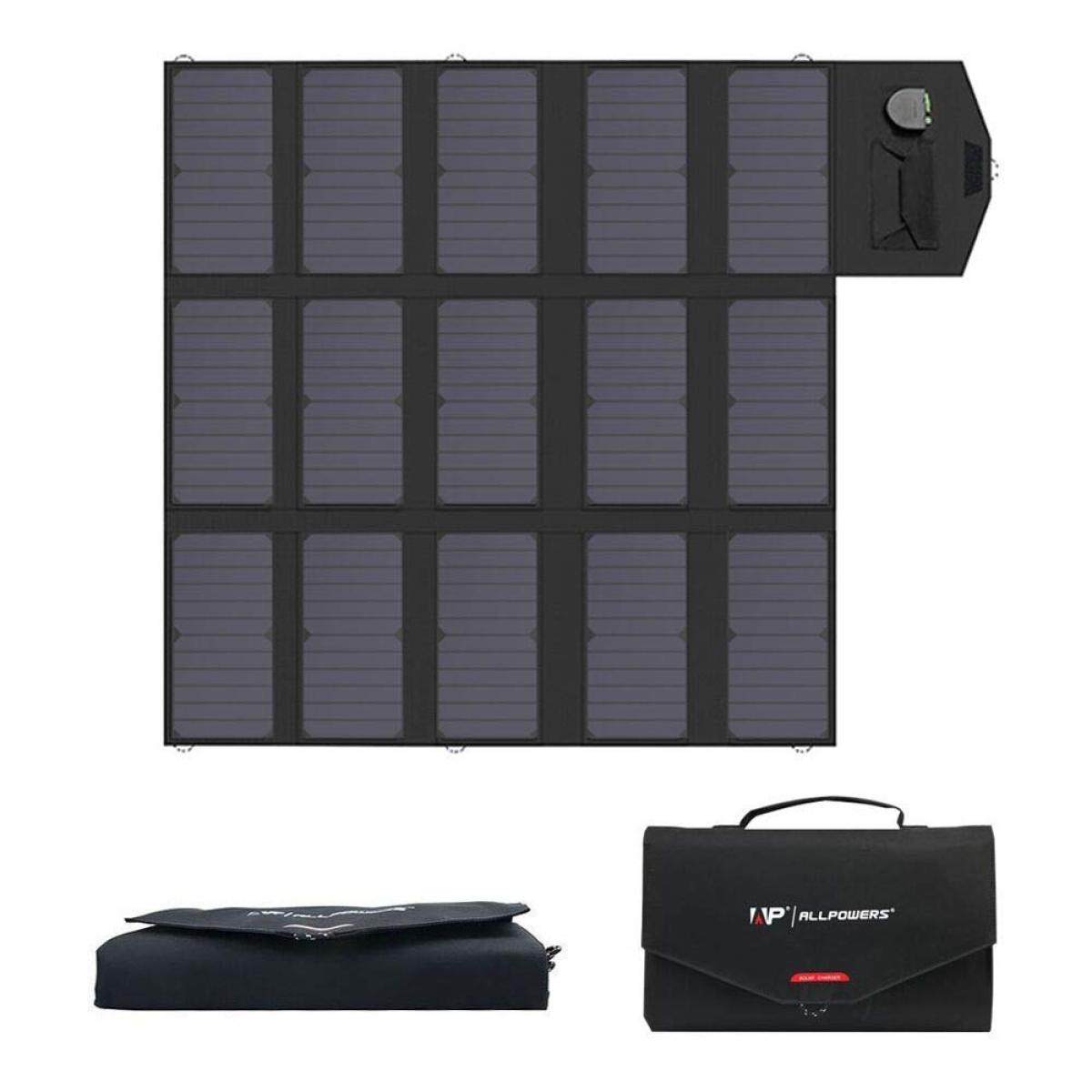How To Make Your Own Solar Panels Cheap?
In recent years, the interest in renewable energy sources has surged, with solar power being one of the most accessible and popular options for homeowners. However, the cost of commercially available solar panels can be prohibitive for many. This has led to a growing interest in DIY solar panels as a cost-effective alternative. In this article, we will explore how to make your own solar panels cheaply, providing practical steps and tips to help you harness the power of the sun without breaking the bank.

Understanding Solar Panels
Before diving into the DIY process, it's essential to understand the basic components and functionality of solar panels. A solar panel consists of photovoltaic (PV) cells that convert sunlight into electricity. These cells are typically made from silicon and are connected in a series to form a panel. The electricity generated by the PV cells is direct current (DC), which can be used to power DC devices or converted to alternating current (AC) using an inverter for household use.
Materials Needed
To build your own solar panels, you will need the following materials:
1. Solar Cells: These are the heart of your solar panel. You can purchase individual solar cells online or from specialized stores. Look for cells with a high efficiency rating and low cost per watt.
2. Tabbing Wire: This is used to connect the solar cells together.
3. Flux Pen: Helps in soldering the tabbing wire to the solar cells.
4. Soldering Iron and Solder: Essential tools for connecting the cells.
5. Bus Wire: Used to connect strings of solar cells.
6. Glass or Plexiglass: Acts as the protective cover for your solar panel.
7. Plywood or Aluminum Frame: Provides structural support for the panel.
8. Silicone Sealant: Used to seal the panel and protect it from moisture.
9. Junction Box: For electrical connections and to house the diodes.
Step-by-Step Guide
1. Designing Your Solar Panel
The first step is to design your solar panel based on your energy needs and available space. Calculate the total wattage you require and determine the number of solar cells needed. For example, if you need a 100-watt panel and each cell produces 0.5 watts, you will need 200 cells.
2. Preparing the Solar Cells
Carefully handle the solar cells as they are fragile. Use the flux pen to apply flux to the bus bars on the cells. Cut the tabbing wire into appropriate lengths and solder them to the bus bars. This process is known as tabbing and is crucial for connecting the cells in series.
3. Assembling the Cells
Lay out the cells on a flat surface in the desired configuration. Typically, cells are arranged in rows and columns. Connect the tabbed cells in series by soldering the tabbing wire from the positive terminal of one cell to the negative terminal of the next. This creates a string of cells.
4. Connecting the Strings
Once you have multiple strings of cells, connect them using bus wire. Ensure that the connections are secure and that there are no short circuits. Test the voltage and current output of each string to ensure they are functioning correctly.
5. Building the Panel Frame
Construct a frame using plywood or aluminum to house the solar cells. The frame should be sturdy and weather-resistant. Attach the glass or plexiglass to the front of the frame to protect the cells. Ensure that the glass is clean and free of any debris.
6. Mounting the Cells
Carefully place the connected solar cells into the frame. Use silicone sealant to secure the cells and prevent moisture from entering the panel. Ensure that the cells are evenly spaced and that there are no gaps.
7. Wiring the Panel
Install the junction box on the back of the panel. Connect the bus wires from the solar cells to the junction box. The junction box should have diodes to prevent reverse current flow, which can damage the cells. Seal the junction box with silicone to protect it from the elements.
8. Testing the Panel
Before installing the panel, test it to ensure it is generating the expected voltage and current. Place the panel in direct sunlight and use a multimeter to measure the output. If the readings are lower than expected, check for any loose connections or damaged cells.
9. Installing the Panel
Once you have confirmed that the panel is working correctly, install it in a location that receives maximum sunlight. Mount the panel at an angle that optimizes sun exposure. Connect the panel to a charge controller, battery, and inverter if you plan to use the generated electricity for household appliances.
Tips for Reducing Costs
1. Buy in Bulk: Purchasing solar cells and other materials in bulk can significantly reduce costs.
2. Use Recycled Materials: Consider using recycled or repurposed materials for the frame and other components.
3. Shop Around: Compare prices from different suppliers to find the best deals on solar cells and other materials.
4. DIY Tools: If you don't already own tools like a soldering iron, consider borrowing or renting them to save money.
Building your own solar panels can be a rewarding and cost-effective way to harness solar energy. By following the steps outlined in this article, you can create a functional solar panel system that meets your energy needs without the high costs associated with commercial panels. Not only will you save money, but you will also contribute to a more sustainable and eco-friendly future. Remember to take your time, follow safety precautions, and enjoy the process of creating your own renewable energy source.

There are no comments for this blog.